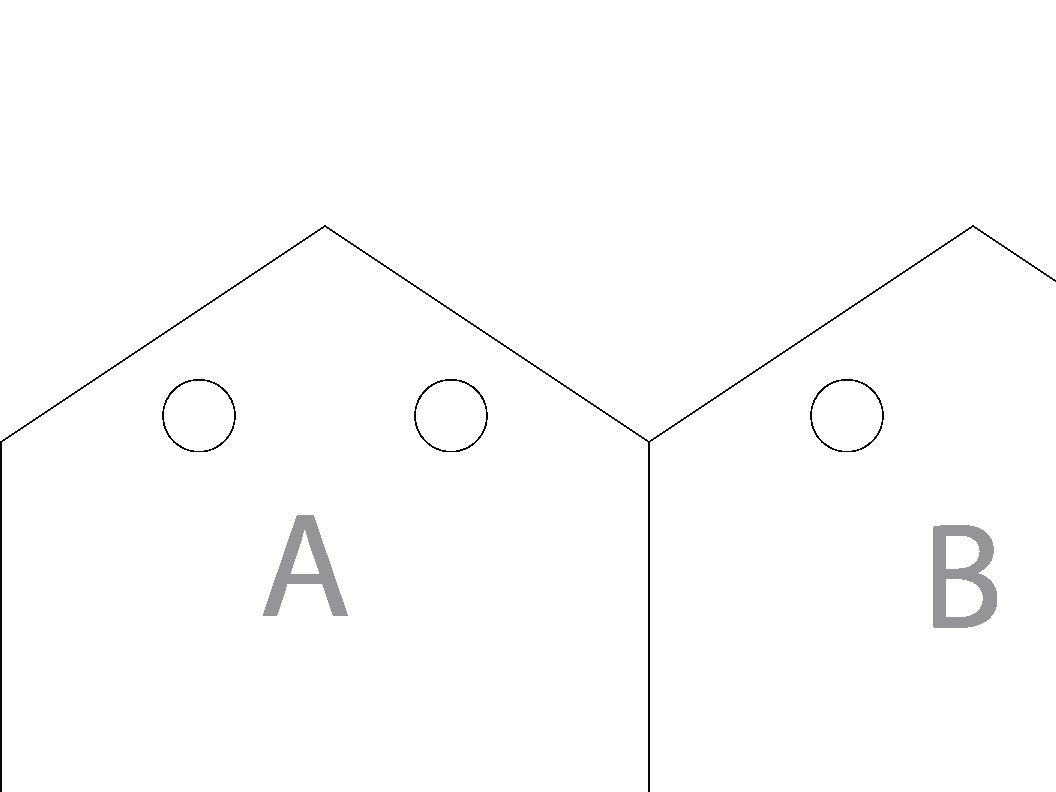The Smart Greenhouse is based on the vision of a greenhouse that would not rely on any human adjustment while maintaining a perfect micro-climate for a particular crop being cultivated inside. In other words, ideally this greenhouse could be left for a year in any (reasonable) climate and the seeds that were meant to grow would flourish, totally unattended. It would be perfectly tailored to the vegetation inside to maximize its efficiency. Such a greenhouse would require cognitive abilities to sense its surrounding environment and either use or block certain features while it preserves a micro-climate within the walls of the house. Such variables that are most important for crop success are air temperature, soil moisture and humidity level. This particular model greenhouse addresses two of these factors: air temperature and soil moisture. The greenhouse utilizes an Arduino UNO microprocessor and various sensors to control the regulate the levels of these two variables to a desired set of thresholds. These thresholds would of course vary with the type of crops that one would want to grow in the greenhouse. Inside the structure is a Texas Instruments LM 34 sensor which measures air temperature. This sensor informs the Arduino which then controls opening and closing of roof servos to let hot air out and cool air in if overheating. By use of the mechanical roofs the greenhouse can autonomously keep the inside temperature to a desired level assuming this level is somewhat within the range of the surrounding environment naturally. Additionally, The Smart Greenhouse has an irrigation system triggered by a timer function in the code that can be varied in frequency depending on a plants optimal watering cycle. The timer activates the internal drip irrigation via a servo controlled valve. A possible addition to the Smart Greenhousw would be a soil moisture sensor that varies in resistance with moisture. This sensor could inform the drip irrigation when the soil is too dry thus creating a need based watering pattern, potentially conserving water.
All these features make The Smart Greenhouse one of the most intelligent of its kind (and cost). There is still possibilities for other additions to this system for improving its versatility and efficiency.



